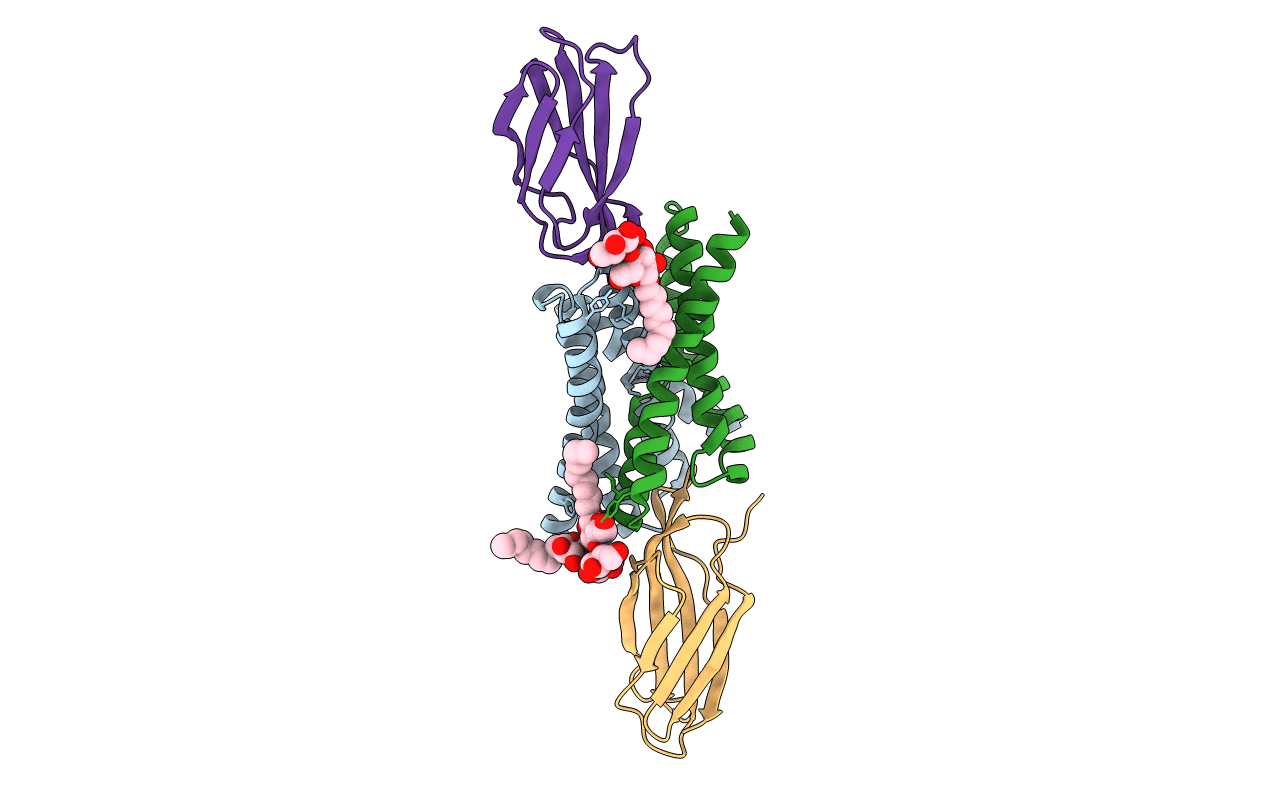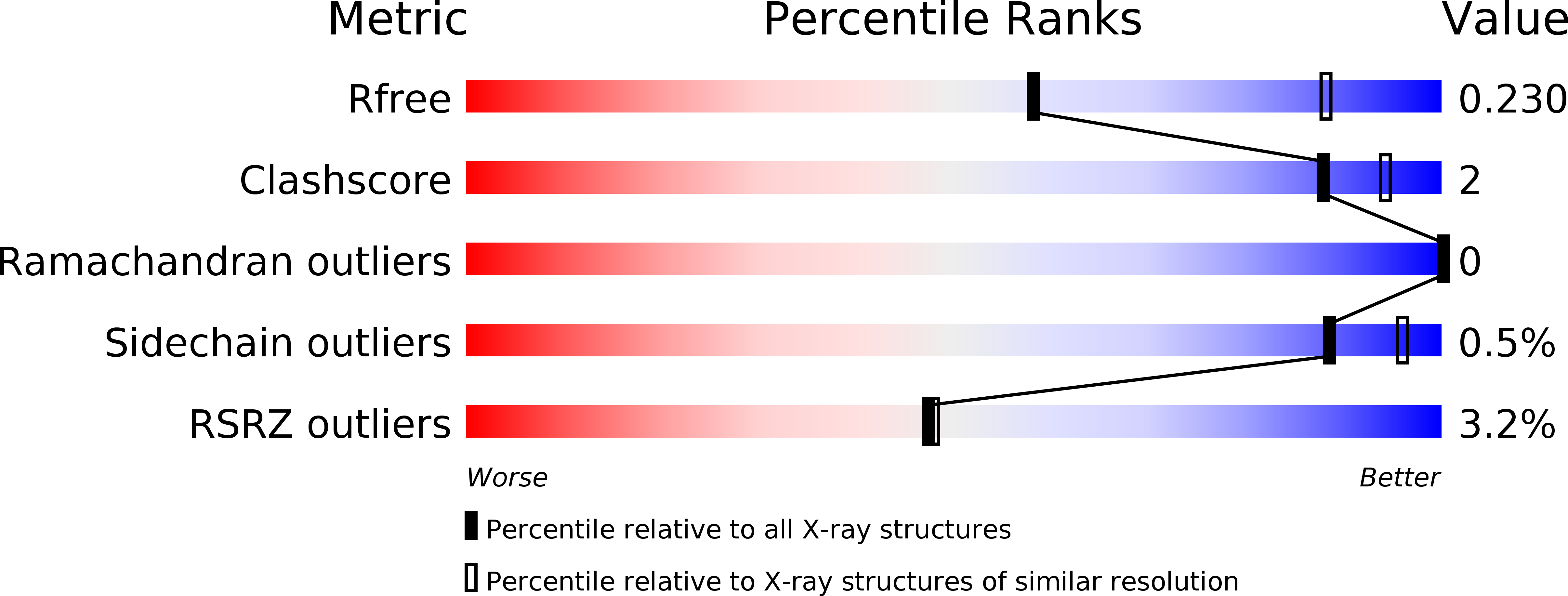
Deposition Date
2016-06-30
Release Date
2016-08-03
Last Version Date
2023-10-04
Entry Detail
PDB ID:
5KOM
Keywords:
Title:
The crystal structure of fluoride channel Fluc Ec2 F83I Mutant
Biological Source:
Source Organism:
Escherichia coli (Taxon ID: 562)
Homo sapiens (Taxon ID: 9606)
Homo sapiens (Taxon ID: 9606)
Host Organism:
Method Details:
Experimental Method:
Resolution:
2.69 Å
R-Value Free:
0.22
R-Value Work:
0.21
R-Value Observed:
0.21
Space Group:
P 41


